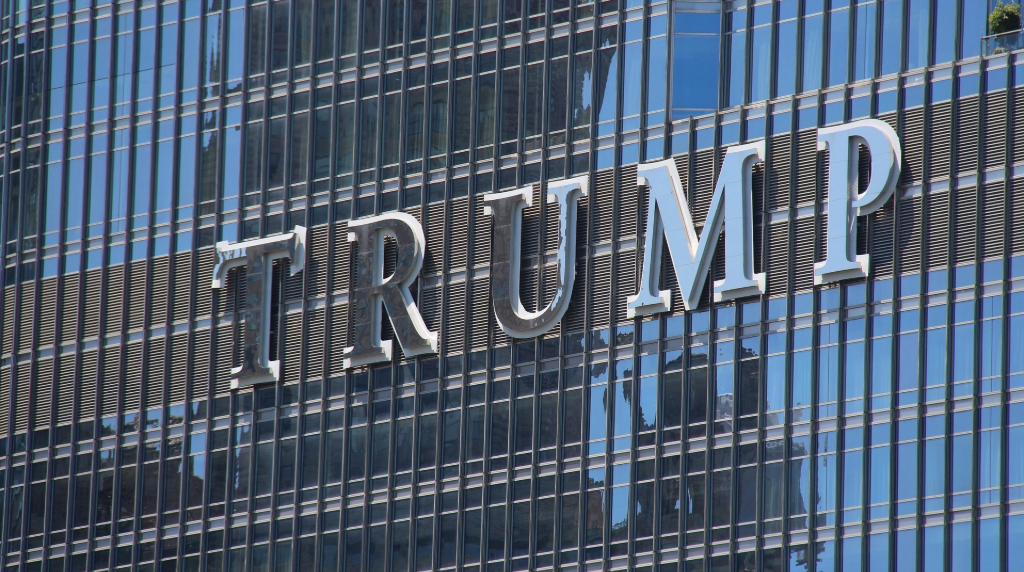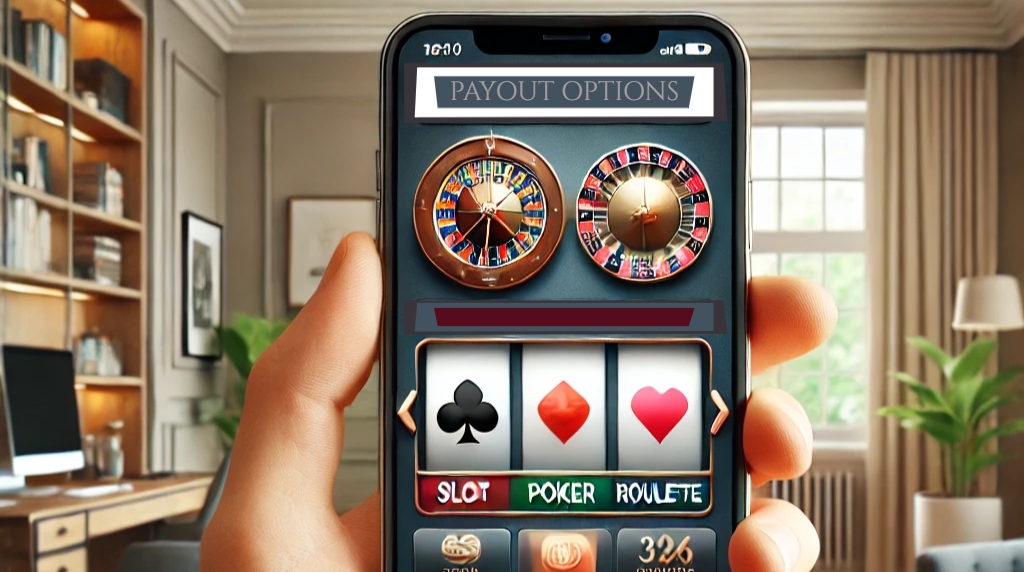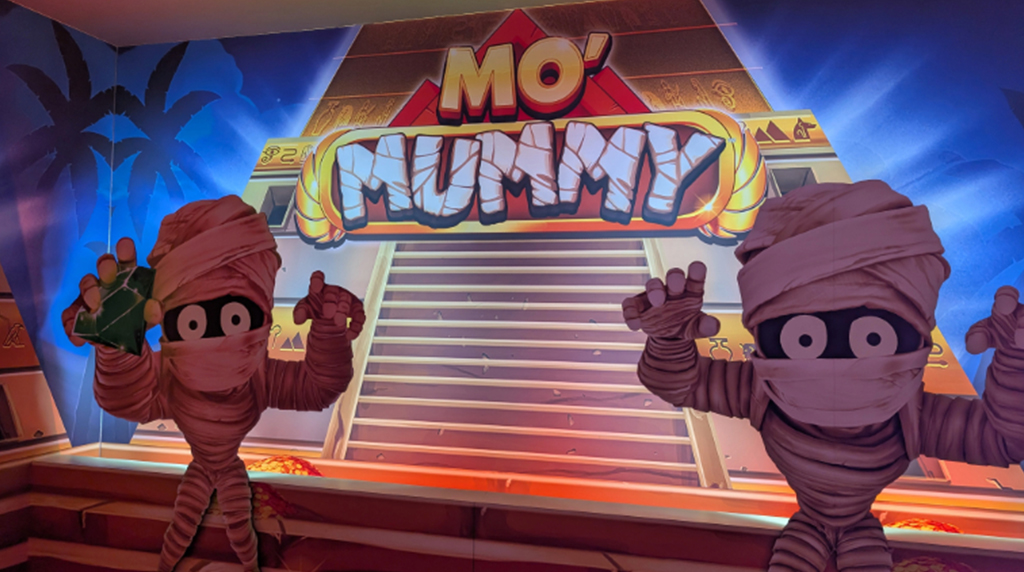Trump Taj Mahal: From Boardwalk Empire to Hard Rock Revival
Donald Trump was the king of Atlantic City in the late 1980s before beginning on his masterpiece, the Trump Taj Mahal. It would prove to be his temporary undoing, but even in today’s world of multi-billion dollar casino projects and casino apps one every phone, people still ask whatever happened to the Taj Mahal.
What Happened to the Trump Taj Mahal?
Like Atlantic City itself, it’s hard to talk about the Trump Taj Mahal without going back to the beginning.
You need that context to see how things started, how they went wrong, and how we ended up with what we have now.
Starting in the middle of the story would hide the roots of the destruction that were there all along. In case you’re wondering, it was greed and debt.
When our story begins in 1983, the Boardwalk was a very different place than it is today.
Gambling had just come to the old resort town a short five years earlier, this was decades before the Borgata or live dealer online casinos came to town.
New casinos were opening and expanding every year, and the demand from the tens of millionsof customers who lived within a few hours’ driving distance seemed unstoppable.
James Crosby, who built the Resorts International empire and was instrumental in reviving gambling on the Boardwalk in 1978, had already profited immensely with his Resorts International Hotel.
This “new” resort had originally been the old Chalfonte Annex, built in the 1930s. Crosby’s decision to renovate this aging structure rather than build a new one would have huge consequences.
As the first casino to open, he gained enormous early market share. However, as he failed to reinvest in renovations, much more luxurious and extravagant hotels rose up around him.
Crosby’s answer was to build a new temple to hedonism on the acreage he owned next door.
Originally priced around $250 million, that total would balloon past $1.1 billion before the aptly named Taj Mahal finally opened her doors.
But like many construction projects in Atlantic City during the 1980s, it ran into “problems.”
And construction “problems” in the Garden State at that time were often euphemisms for union issues, mob interference, and political entanglements.
And by “problems,” of course, we mean payouts.
While Mr. Crosby had managed to keep these forces in line during his lifetime, his death in 1986 left the project floundering.
Without his leadership, Resorts hemorrhaged money as construction slowed to a crawl, and the dream of a glittering new palace on the Boardwalk began to slip away.
Cue Donald Trump
The scale, Charlie, is what brings the people. The opulence, the size, the everything is really what’s going to make the Taj Mahal the most successful hotel anywhere in the world,” – Donald J. Trump/Taj Mahal, Owner, 1990 ABC interview
Trump already owned two casinos on the Boardwalk, and both were struggling. The Harrah’s at Trump Plaza had opened in late 1984 and famously turned less than 150k in profits in its first six months. In 1985, the real estate mogul purchased the almost completed Atlantic City Hilton at a discount when the operating company at the Hilton was denied a casino license.
He paid $320 million in 1980s dollars for the property, then borrowed $350 million more to build it out to his standards. He renamed it Trump’s Castle and opened it to the public in 1985.
Never one to believe that anything was ever enough of a good thing, Trump saw an opportunity in the struggling Resorts International location despite only barely turning a profit at his two current locations as well as dire warnings from financial advisors that the competition from a third property opening would only put them further in the red.
Trump managed to wrest a controlling interest in Resorts International for himself in 1987. Still, a hostile takeover from Merv Griffin would see him lose Resorts International but keep his beloved Trump Taj Mahal casino. The most expensive casino ever opened at that time, it opened its doors in 1990, costing $2.5 billion in 2025 dollars.
It boasted $16 million chandeliers and more than 2,000 rooms but was paid for with junk bonds at 14% interest, higher than many people’s credit card interest. All of these things still might have been fine, but the recession of 1990 hit just months after the April opening.
Atlantic City revenue grew 1% for the year, despite adding a $2.5 billion property; the cash flow at the Castle and Trump Plaza fell by almost $60 million in the same year primarily due to cannabilzation of the newer and more luxurious Taj.
By November, just eight months after opening, the Taj Mahal was missing bond payments. By the following April, it was in bankruptcy court. It would be the the first of five trips through bankruptcy courts for Mr Trump’s casinos, followed by countless hours of litigations from small businesses that were left holding the bag on tens of millions in unpaid bills, Trump would later brag about paying these off at 30% on the dollar years later.
In 1995, he put the remaining assets of his Trump casino empire into a publicly traded firm,
Trump Hotels and Casino Resorts. The company spent the next 13 years hemorrhaging money, totaling more than $1 billion, and wrote down debt worth almost another $2 billion. When Trump finally stepped away as CEO in 2009, the company and its casinos were just shells of their former selves.
In 2014, the company shuttered its Trump Plaza Atlantic City property and threatened to close the Taj Mahal if concessions were not granted by the labor union Unite Here! It came within days of the Trump Taj Mahal closing in December of that year, before would-be savior Carl Icahn stepped up with a bridge loan to get the company through.
But by 2016, Icahn was unable to extract any further agreements from the entrenched unions and, unwilling to put any more of his own money at risk, would close the property on October 10th of that year.
It looked like the one-time eighth wonder of the world might have seen her final days a scant 26 years after opening. But Hard Rock International would purchase the seriously distressed asset from Icahn for just $50 million dollars or roughly 4 cents on the dollar of its original cost just four months after the Trump Taj Mahal casino closing.
After a $300 million renovation, the Hard Rock Atlantic City would open to the public in June of 2018 to much fanfare and accolades and continues to be a jewel of the old Boardwalk beach town.
Today, the Trump bankrupt casino, The Plaza is gone, but the Taj Mahal and Trump Castle, which was renamed Trump Marina before being sold to Landry’s in 2011, both live on, though in newer reincarnations of their former selves.
Though both are facing the next generation of competition from top online casinos, we are hopeful that they can continue to draw customers for another forty years.

 7 Politically Incorrect Slots for the Connoisseur Who’s Seen It All
7 Politically Incorrect Slots for the Connoisseur Who’s Seen It All
 Casino Payment Delay Red Flags: When Waiting Is a Concern
Casino Payment Delay Red Flags: When Waiting Is a Concern
 US Оnline Casinos Turn to Celebrities to Attract Consumers
US Оnline Casinos Turn to Celebrities to Attract Consumers
 Inside G2E Las Vegas 2025, from Prediction Markets to Marble Runs
Inside G2E Las Vegas 2025, from Prediction Markets to Marble Runs